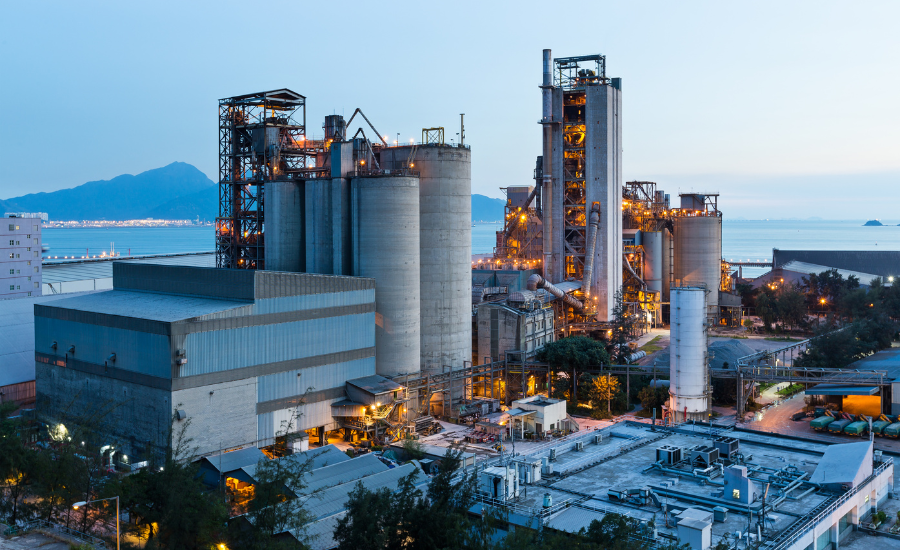Pipes are the backbone of countless industries, from construction and plumbing to oil & gas and manufacturing. But pipes alone cannot create a functional system—they need connectors, regulators, and support components to ensure smooth flow and performance. This is where pipe fittings come in. These essential components join sections of pipe together, change direction, regulate flow, or adapt to different sizes. Choosing the right pipe fitting can make the difference between a system that runs seamlessly and one that suffers from leaks, inefficiencies, or costly downtime.
In this article, we’ll explore the top 7 types of pipe fittings and their industrial applications.
Elbows: Elbows are among the most common butt-weld fittings used to change the direction of flow. They typically come in 45°, 90°, and 180° angles, though customized variations are also available.
Industrial Uses:
- Plumbing systems for residential and commercial buildings
- Oil and gas pipelines requiring directional changes
- HVAC systems for air and fluid redirection
Their ability to minimize space constraints while efficiently redirecting flow makes elbows indispensable in nearly every piping system.
Tees: As the name suggests, tee fittings have a “T” shape with one inlet and two outlets. They allow fluids or gases to branch off into different directions or combine flows from two lines into one.
Industrial Uses:
- Water distribution networks
- Chemical processing plants
- Firefighting systems
- Irrigation pipelines
Tees are especially useful in setups where branching out is necessary without disturbing the main pipeline.
Reducers: Reducers connect pipes of different sizes, either expanding or contracting the diameter. They are classified into two types: concentric reducers (symmetrical) and eccentric reducers (offset to one side to avoid air pockets).
Industrial Uses:
- Power plants and chemical industries for pressure regulation
- Oil refineries where fluid flow speed needs control
- HVAC ducting systems to balance airflow
Reducers help optimize flow efficiency while ensuring compatibility between pipes of varying diameters.
Couplings: Couplings are short fittings used to join two pipes together, ensuring leak-proof connections. They come in permanent and removable types, including compression couplings and slip couplings.
Industrial Uses:
- Plumbing repairs and maintenance
- Water treatment facilities
- Food and beverage industries for hygienic pipelines
Couplings are often the go-to solution when a quick fix or pipe extension is needed, making them vital for both emergency repairs and permanent setups.
Unions: Similar to couplings, unions connect two pipes but offer the advantage of easy disassembly. They are ideal for pipelines that require frequent inspection, replacement, or maintenance.
Industrial Uses:
- Chemical and petrochemical plants where safety checks are routine
- Mechanical systems that demand periodic servicing
- Temporary pipeline installations at construction sites
Unions save time and labor costs by allowing quick detachment without cutting or damaging the pipeline.
Crosses: Cross fittings, shaped like a “+”, have one inlet and three outlets. They are used when four pipelines need to meet at a single junction.
Industrial Uses:
- Fire sprinkler systems
- Industrial water supply systems
- Chemical processing units
Although not as commonly used as tees or elbows, crosses are essential in specialized piping layouts requiring multiple directional flows.
Caps and Plugs: Caps are used to close the end of a pipe, while plugs are inserted into fittings to seal an unused outlet. Both are vital for protecting systems from contamination, leaks, or accidental spills.
Industrial Uses:
- Closing off pipeline ends during pressure testing
- Temporary sealing in plumbing and irrigation systems
- Oil & gas industries for pipeline safety and shutdowns
Caps and plugs are simple yet crucial fittings that provide system safety and adaptability during both operation and maintenance.
Final Thoughts
Pipe fittings may seem like small components, but they are the unsung heroes of piping systems. From redirecting flow to connecting pipes of different sizes, each fitting plays a specific role in ensuring efficiency, safety, and reliability. Whether you’re building a large-scale industrial plant or installing a residential plumbing system, choosing the right pipe fitting is essential for long-term performance.
Understanding the functions and applications of these top seven fittings—elbows, tees, reducers, couplings, unions, crosses, and caps/plugs—can help engineers, contractors, and plant operators design systems that are not only efficient but also future-ready.
